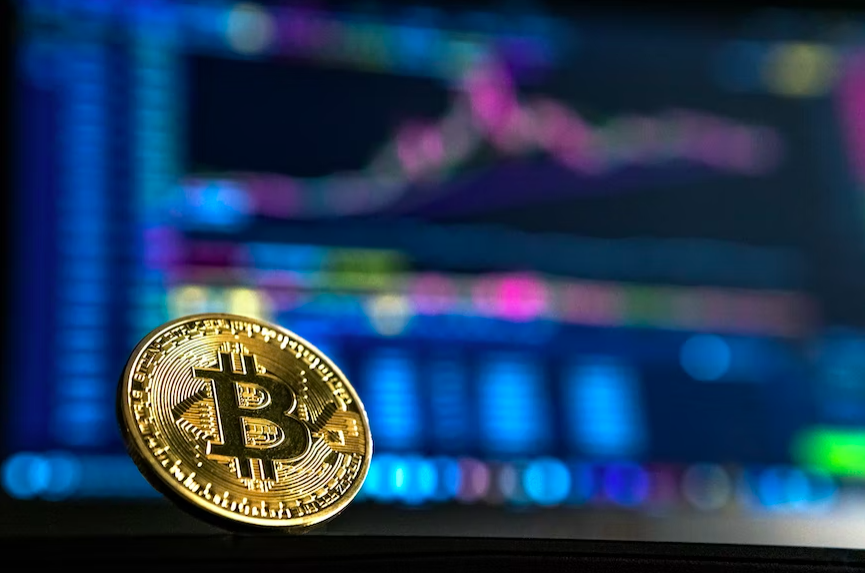
When someone says “money”, the first thing that pops to mind probably isn’t a computer. But the fact is that 92% of the world’s currency is digital, which means that most of the money you earn, transact, and purchase items with lives solely on computers and hard drives.
This makes it so only an estimated 8% of currency is physical money worldwide. Why then, with advancements in technology considered, is it so hard to send money safely from place to place internationally in 2022? Today, we live in a global economy, where consumers, businesses, and banks alike need to be able to transfer money to and from locations all over the world.
According to a 2021 report by Mckinsey entitled: “The chessboard rearranged: Rethinking the next moves in global payments”, overall electronic payment transactions grew at a 19% rate in 2021, with the outlook for global payments through 2026 projected to grow at a 9% average annual revenue growth.
Financial institutions need to start adapting and evolving to the new digital era of money. Let’s take a look at the fundamental shifts that need to occur in order for international payments and transactions to become the more simplified norm.
APIs to Help Transition Modern Banking
There are a couple of key issues with the current structure of international transfers and payments. For one, The Wire/SWIFT network requires transfers to pass through up to three correspondent banks before arriving at their destination, which racks up a lot of time and expenses. Of course, there is a reason for this, as the idea is to try and mitigate fraud and secure the transaction, but regardless, the money is still passing through a lot of hands.
Next is the issue of the currency exchange rate, which differs depending on the currency you’re trying to send. A sender must check their personal bank’s exchange rate, transfer the corresponding amount, and often pay a markup fee (on average 3%). Furthermore, banks and brokers typically give you a worse rate than the one they use when they trade amongst themselves, so that’s yet another fee tacked on when sending money.
APIs and open banking offer a solution to try and cut out the multiple monkeys in the middle when it comes to international transfers. Open banking can be defined as a collaborative model in which banking data is shared through APIs between two or more unaffiliated parties. This method of banking delivers enhanced capabilities to the marketplace, including improved customer experience, new revenue streams, and a sustainable service model for traditionally underserved markets.
Of course, there are some risks in sharing data which is why it is critical to have protective guardrails for the privacy and security of personal data. This can be done by developing processes and governance that emphasize technical connections and create a secure infrastructure. By developing processes and governance that streamline systems integration required for data access, without compromising the encryption of personal data, technology can help to mitigate some of the bureaucratic hoops that have been present in international transactions.
Changing Times, Changing Currencies
In Mckinsey’s 2021 Global Payments Report, it states that more than four-fifths of the world’s central banks are engaged in pilots of other central banks digital currency (CBDC) activities, otherwise known as stabilized cryptocurrencies or stablecoins. There are many reasons for this, from businesses worldwide accepting crypto for payments to the fact that blockchain is significantly more secure and transparent than typical money transfers.
Blockchain’s dual capacity for transparency is only the start, as it also significantly shortens transaction time—clocking in at only 4.6 seconds to send money. This is a huge improvement compared to what could be anywhere from 3 days to one week for a traditional money transfer. In an era of multiple electronic payments, blockchain is also advantageous because it doesn’t allow for errors, with the technology denying the transaction if a recipient doesn’t exist or the destination’s address is wrong.
Blockchain technology helps to leverage cryptocurrencies to develop a network of distributed ledgers, making it well-suited to all of the players in a decentralized ecosystem, including stakeholders in capital markets, securities services, retail payments, and transaction banking. Whether you’re jumping on the bitcoin bandwagon or not, according to a June survey conducted by Deloitte titled “Merchants getting ready for crypto, 75% of retailers plan to accept either cryptocurrency or stablecoin payments within the next two years.
This explains the worldwide exponential growth of fintechs in eCommerce attempting to increase the accessibility of blockchain in retail. With money transfers becoming available to a significant number of users, regardless of geographic location, markets can expand and infrastructures can connect and strengthen—helping to create a more formidable global economy.
One For The Money
Industries worldwide are expected to become more customer-facing, with the banking and money services industry no different. Today’s consumers want goods and services to be available at the click of a button, and businesses must adapt accordingly. Companies that help the traditional financial sector, such as banks and capital markets, to make this transition through technology will have an edge on modern-day business—an emerging market otherwise known as Fintech.
Businesses all along the spectrum need to find the avenues to which they can employ fintech, no longer just to be ahead of the game but also to remain in the game in general. Whether its incorporating an API for easier transactions from bank to bank or getting in on the crypto craze, money is increasingly digital and 2022 is the year that economies are starting to recognize this.
One fintech company, TEMPO Payments, is a European-wide anchor for Stellar blockchain payments and offers online, offline, and digital-backed remittances to nearly 100 destination countries. They also have 300 physical agent locations as well as a secure bridge to purchase and sell digital assets. Companies such as this are helping simplify international transactions and payments—ultimately helping to accelerate the modern global economy towards the future.
Disclosure: This article mentions a client of an Espacio portfolio company.






